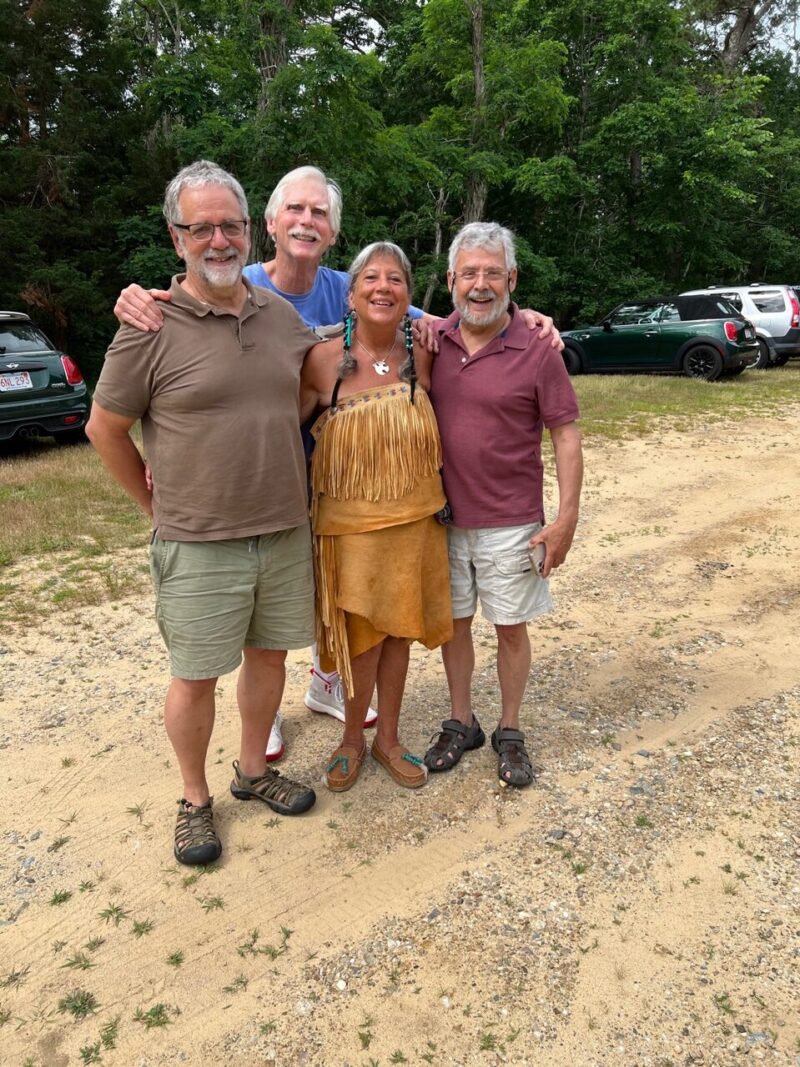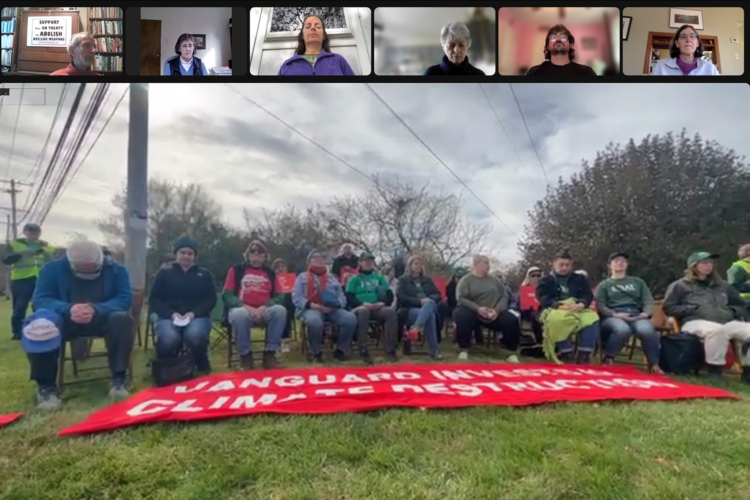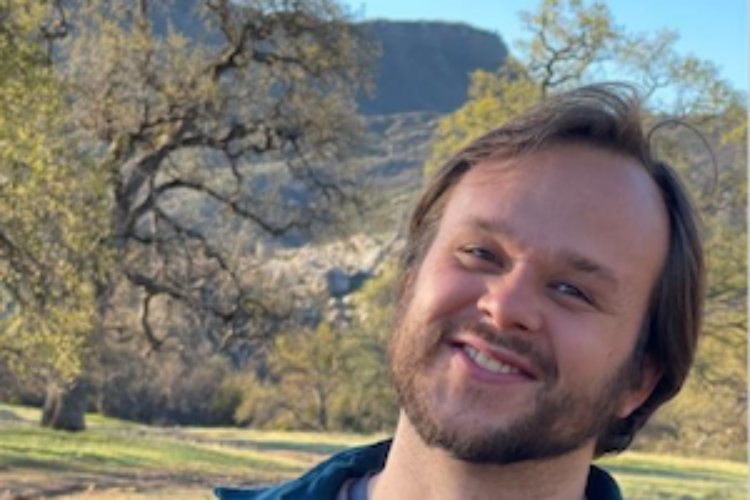A Native American Land Reparation Pledge

by Gail Melix and Lewis Randa.
Reparations to Indigenous Peoples can take many forms. Through our work with Massachusetts’ Peace Abbey, we have developed one action that might work well for others, the Native Land Reparation Pledge (NLRP). The pledge states one’s intention to donate 1% of the sale price of our homes (when we sell) to the Indigenous tribe whose ancestral homeland we now own and from which we financially benefit.
The origins of the Native Land Reparation Pledge arose from the Quaker-inspired Native Land Preservation Action. In 2020, the Trump administration took the Mashpee Wampanoag Tribe’s 321 acres of land out of trust. A reservation is key to self-governance, housing, health care, education, judicial services, and language reclamation. As a result, Friends gathered signatures to reinstate the tribe’s land trust and sent them to the Department of the Interior. The action says, if our land is protected, then certainly the Mashpee Wampanoags’ land should be. How could we accept otherwise?
The spirit behind the reparation pledge is rooted in the awareness that the land we live on, in nearly all cases, was forcibly taken from an Indigenous Tribe many years ago and we, being the beneficiary of this wrongful act, wish to make reparation. All contributions are made by the homeowner directly to the Indigenous Tribe. This is an act of conscience, and though it is not legally binding, it is a sacred promise. In most cases the contribution is tax-deductible, though this is not charity. Reparation explicitly seeks to make amends for injustices done in the past. Acts of aggression, subjugation, domination, relocation, pillage, war, broken treaties, and genocide are the mosaic of the Doctrine of Discovery and Manifest Destiny.
The Doctrine of Discovery is a 1493 Papal decree that provided a framework for Christian explorers, in the name of their sovereign, to lay claim to territories (in the Americas and other countries) uninhabited by Christians. If the lands were “vacant,” then they could be defined as “discovered” and sovereignty claimed. In 1823, the US Supreme Court case Johnson v. McIntosh reached the unanimous decision “that the principle of discovery gave European nations an absolute right to New World lands,” converting the Indigenous owners into tenants. This doctrine remains the law of the land.
Manifest Destiny is the idea that the United States is destined and sanctioned by God to expand its dominion and spread democracy and capitalism across the entire North American continent. The philosophy drove 19th-century US territorial expansion and was used to justify the forced removal of Indigenous Peoples and other groups from their homes.
Making the decision to pledge 1% of the sale price of our home when sold is based on our coming to terms with the awareness that the result of settler colonization has led to subjugation and poverty for Indigenous Peoples. It has created post-colonial trauma for generations of Indigenous Peoples. We invite you to join us in this pledge as individuals and as communities.
Gail Melix is a member of Sandwich Monthly Meeting and serves as co-clerk of NEYM Earthcare Ministry, and is a board director of Native Land Conservancy, an Indigenous-led land trust. Lewis Randa is a member of Wellesley Meeting and Director of the Peace Abbey. Contact them at gmelix@comcast.net and admin@peaceabbey.org.


